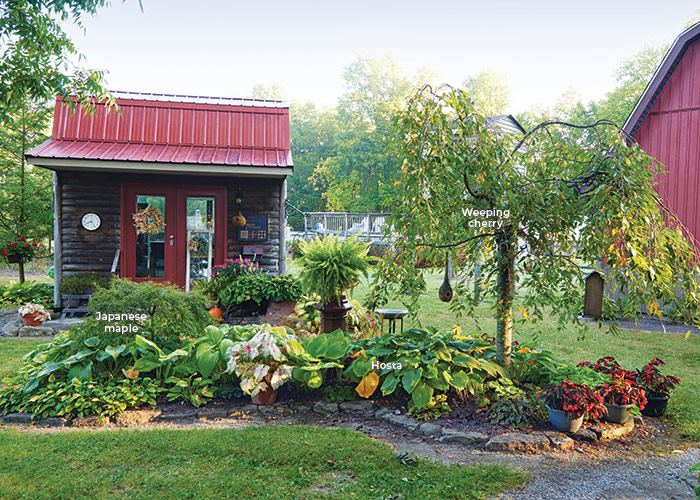
Computer Vision in Zoo Management | Smarter Animal Care & Operations
- Chandru S
- Technology
- 2025-07-16 12:12:54
- 609K
Let's face it, when we think about zoos, the first thing that pops into our heads is probably a lion lazing under the sun, or maybe kids laughing near the monkey enclosure. What most people don't realise, though, is that zoos are incredibly complex to manage. From animal health to crowd control to safety, there's a whole machinery running in the background.
And now, something new is joining the backstage crew: computer vision.
Yeah, it sounds a bit techy. But stay with me, because this isn't just another buzzword. It's actually making a real difference in how zoos take care of their animals and their visitors.
What's the deal with computer vision?
In simple terms, computer vision is like giving cameras a brain. It means a camera can not just see, but understand what it's looking at. So instead of just recording footage, it can say, “Hey, that zebra is limping,” or “That kid just dropped their toy into the tiger enclosure.”
It's tech that watches and learns, but more importantly, it helps people make better decisions.
Animal Care Without the Guesswork
One of the most innovative applications of computer vision in zoo management is its use in monitoring animals without disturbing them.
Think about it. A human standing there with a clipboard, watching a bear pace around? That's not exactly natural behavior. Animals act differently when they know they're being watched.
But with cameras that quietly observe and software that can detect changes in movement, posture, or patterns, zoos can now tell if something's off. Maybe a tiger isn't moving as much today. Or an elephant is acting a little anxious. That kind of heads-up can help vets jump in before something becomes a full-blown medical issue.
And it works around the clock. No naps. No lunch breaks. Just consistent observation.
Watching behaviors, not just bodies
It's not just about health either. Computer vision is being used for actual behavioral studies, like how gorillas interact in their social groups, or how penguins take turns nesting.
Previously, this sort of tracking required hours of manual logging. Now? Cameras can pick it up, day in and day out. That gives researchers way more data, and more time to do what really matters, understand what it all means.
Keeping headcounts (especially when animals wander)
Ever tried counting flamingos? Or spotting a red panda hiding in a tree?
Yeah, not easy.
With computer vision, zoos can use animal recognition software to keep a digital “attendance list.” This helps especially in open-air exhibits where animals roam freely. If someone's missing or somehow ends up where they're not supposed to be, the staff get an alert right away.
Not only is it helpful, it can literally be lifesaving.
Crowd control done right
Okay, let's talk about the human animals, the visitors.
On busy days, zoos can get really packed. Long lines, crying kids, strollers everywhere. No fun.
Computer vision helps by monitoring foot traffic in real time. It maps out hot spots, shows where people are clustering, and helps staff open alternate routes or suggest less crowded paths. Some systems even adjust digital signs to direct visitors accordingly.
The result? Fewer bottlenecks. Happier guests. And a smoother overall experience.
Spotting trouble before it happens
Security is another big area where this tech shines. Zoos are full of “what ifs”, what if a fence gets tampered with? What if someone tries to climb into an enclosure? What if an animal somehow gets out?
Computer vision systems can catch suspicious activity right away. They can spot someone entering a restricted zone or behaving unusually. They can even send alerts if animals are near weak spots in their enclosures.
It's like giving your security team an extra set of eyes, ones that never blink.
Real talk: It's not magic
Now, all this sounds great, but let's be real, computer vision isn't a silver bullet. It doesn't replace zookeepers, and it's not some kind of sci-fi miracle.
There are real challenges too.
Installation costs can be high, especially for large spaces.
Weather and lighting can mess with camera accuracy, especially outdoors.
Privacy concerns come up when visitor tracking is involved.
And yeah, it takes time to train the systems to recognize different animals, especially if they look similar.
But despite all that, the benefits are too good to ignore.
Where it's already happening
Some zoos are already testing this out. A few in the U.S. are using AI to watch how cheetahs move, which helps diagnose joint issues early. Others in Asia have been using heat maps to improve how crowds move through the park. One even tested facial recognition on orangutans (yes, really) to study family behavior over generations.
It's still early days, but the trend is growing.
Why Zoos Choose Nextbrain's AI Video Analytics Software
Running a zoo is no walk in the park. Between taking care of animals, keeping visitors safe, and making sure everything flows smoothly, there's a lot on the plate. That's exactly why more and more zoos are turning to smarter solutions, and Nextbrain's AI video analytics software has been a top pick.
Here's what makes it stand out:
1. Built for the Realities of Zoo Life
Nextbrain doesn't offer some generic, one-size-fits-all software. Their video analytics tools are designed with real-world use in mind—zookeepers, security staff, animal experts—people who know that a late alert or false detection could make a big difference. Whether it's a gorilla pacing abnormally or a group of visitors crowding around a gate, the system flags it early, accurately, and reliably.
2. It Watches Without Disturbing
Animals can sense everything. The last thing a zoo needs is some flashy tech that stresses them out. The cameras and software Nextbrain uses are designed to be discreet and non-intrusive. They capture exactly what's happening without changing the way animals behave. That's crucial if you're monitoring for subtle signs of illness or stress.
3. Makes Visitor Management Easier
On busy weekends or holidays, crowd control can become chaos. Nextbrain's software helps track where visitors are going, where they're stopping the longest, and even where things are getting too packed. This gives staff the info they need to open extra routes, shift signs, or step in before things get too hectic.
4. Detects Problems Before They Escalate
Whether it's someone climbing into an enclosure (yes, it happens), a staff member entering a restricted area, or an animal approaching a fence too closely, Nextbrain's system picks it up. You get real-time alerts, so you don't have to wait for someone to notice something on a security screen.
5. No Tech Headaches
One of the biggest worries when introducing new tech? Setup and compatibility. But Nextbrain's system is made to plug into what you already have, your current cameras and infrastructure. No major renovations, no complicated installations. Just smarter insights from the tools you're already using.
If you're a zoo looking to step things up, not just with flashy exhibits, but with safer, smoother, and smarter operations, Nextbrain is a partner worth having. Their software doesn't just promise results on paper. It's designed to work in the real world, where animals are unpredictable, and every second counts.
The bigger picture
At the end of the day, this is about making zoos better for animals, for staff, and for the people who visit. It's about giving animals a safer, healthier, and more comfortable life. And giving zookeepers better tools to care for them.
Computer vision isn't stealing anyone's job. It's supporting the people who've already dedicated their lives to animal welfare.
It's quiet. It's in the background. But it's working.
And that's kind of beautiful.
Want to chat more about this tech? Or maybe you're curious how this works for your zoo or facility? Let's connect — because smart zoos aren't the future anymore. They're already here.
Leave a Reply
Please login to post a comment.












0 Comments